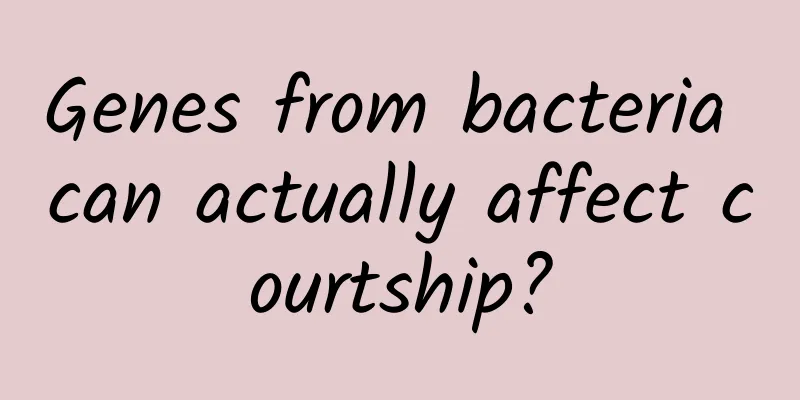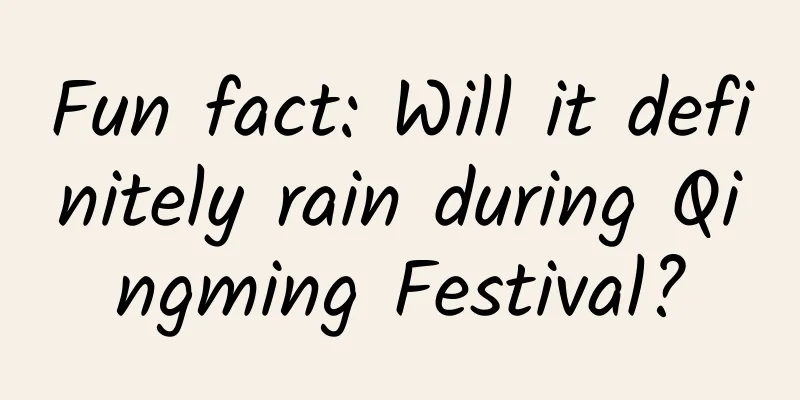Source code advanced analysis of the lifecycle component principle

PrefaceHow to use the classes provided by the android.arch.lifecycle package to control the lifecycle of data, listeners, etc. At the same time, the lifecycle of LiveData and ViewModel also depends on the Lifecycle framework; Today we will talk about the implementation principle of lifecycle and analyze it 1. Why introduce Lifecycle?1. No Lifecycle approach introduced
There is nothing wrong with the code, but the key problem is that in the actual production environment, such code will be very complicated. You will end up with too many similar calls and the onCreate() and onDestroy() methods will become very bloated; 2. Introducing Lifecycle practicesLifecycle is a class that holds information about the lifecycle state of a component (such as an Activity or Fragment) and allows other objects to observe this state; The code is as follows: Prestener inherits the LifecycleObserver interface
Directly list all the life cycle events that I want to observe in Presenter, and then encapsulate them in BasePresenter, so that each subclass of BasePresenter can perceive the life cycle events corresponding to the Activity container, and correspond to the corresponding behavior in the method overridden by the subclass Add Observer to Activity/Fragment container
Whenever the Activity undergoes a corresponding life cycle change, the Presenter will execute the method annotated with the corresponding event 2. In-depth analysis of Lifecycle principlesTo obtain Lifecycle in Activity, you actually obtain it through the Activity's parent class ComponentActivity. The parent class implements the LifecycleOwner interface, so you can obtain Lifecycle. Finally, register LifecycleObserver to get the lifecycle callback. 1. onCreate
2. getLifecycle method
3. Lifecycle.EventLifecycle.Event is an enumeration class. The lifecycle Event here is not Fragment's, and will be used in the subsequent lifecycle processing.
4. Creation of ReportFragmentReportFragment is a fragment without an interface. If you have learned about the principles of Glide, you should also know this method, which is to perceive the life cycle through the invisible fragment, so that users do not need to consider the life cycle issues. In SDK 29 and above, LifecycleCallbacks.registerIn(activity) is used.
5. LifecycleCallbacks.registerIn(activity)LifecycleCallbacks implements the Application.ActivityLifecycleCallbacks interface. In SDK 29 and above, the lifecycle distribution is distributed by the Application, and the activity can be called back after registration. The famous LeakCanary also uses the monitoring Activity life cycle
6. ReportFragment.dispatch version compatibilityIf the SDK version is less than 29, the dispatch method will be called in each life cycle method of ReportFragment. For example, onActivityCreated. Anyway, whether you use LifecycleCallbacks.registerIn(activity) or Fragment's lifecycle callback, it will be dispatched in the end.
7. Lifecycle.StateThere are only 5 states but more than 5 life cycles, so when Google designed it, they created the process in the forward direction and destroyed the process in the reverse direction.
8. handleLifecycleEventLifecycleRegistryOwner also inherits LifecycleOwner, so they will eventually execute the handleLifecycleEvent method of LifecycleRegistry. Just process Lifecycle.Event and convert it into Lifecycle.State
9. syncHere we use the mState saved by the previous method for comparison to determine whether to execute the life cycle forward or reverse.
10. forwardPassThe reverse logic is similar, except that backwardPass is executed to convert Stata first and then observer.dispatchEvent is executed. Here, Lifecycle.State is converted back to Lifecycle.Event and then distributed to the observer.
Convert Event.upFrom and send observer.dispatchEvent.
11. Send life cycle statusObserverWithState sends out Lifecycle.Event, and that's it. Any place that has a registered subscription relationship can receive it.
The principle is relatively clear: Activity/Fragment implements the LifecycleOwner interface, distributes the event Lifecycle.Event in the corresponding lifecycle through LifecycleRegistry, and calls back to the corresponding subscription method of the lifecycle observer LifecycleObserver SummarizeLifecycle still has its merits. Compared with the coordination between other architecture components, Lifecycle is simpler and more independent. LifecycleObserver interface (Lifecycle observer): The class that implements this interface can be registered through the addObserver(LifecycleObserver o) method of the LifecycleOwner class through annotations. After registration, LifecycleObserver can observe the lifecycle events of LifecycleOwner; LifecycleOwner interface (Lifecycle holder): The class that implements this interface holds the lifecycle (Lifecycle object). Changes in the lifecycle (Lifecycle object) of this interface will be observed by its registered observer LifecycleObserver and trigger its corresponding events; Lifecycle (lifecycle): Unlike LifecycleOwner, LifecycleOwner itself holds the Lifecycle object, and LifecycleOwner obtains the internal Lifecycle object through its Lifecycle getLifecycle() interface; State (the current state of the life cycle); Event (the event corresponding to the current life cycle change). When the Lifecycle changes, such as entering onCreate, the ON_CREATE event will be automatically issued; Some knowledge points about the official architecture will be introduced later; This article is reproduced from the WeChat public account "Android Development Programming" |
>>: When using WeChat Pay, remember to turn on these 4 switches to make the money in WeChat safer
Recommend
WeChat Mini Program Analysis Report
Mobile application product promotion service: APP...
What is the language of cherry blossoms? When do cherry blossoms usually bloom in Wuhan?
Cherry blossoms are bright and colorful with lush...
Should you specialize in one area, or move toward full-stack operations?
The concept of full stack originated from full st...
Do you understand the traditional Chinese culture in the "national quintessence" Mahjong?
When friends and family get together during the S...
On the seventh day of the Lunar New Year, good luck in starting work!
One, two, three, four, five, six, seven, Today is...
The benefits of Douyin Blue V certification. It turns out that it is so profitable after Douyin Blue V certification is activated!
From 2G to 3G, from 3G to 4G, and now 5G has arri...
What is this new fabric that automatically cools you down when you wear it?
Popular Science Times (Intern Wang Yuke) Scientis...
Chun Ge, the painter, introduces the human body painting in 2021 [good quality and material]
Chun Ge, the painter, introduces the basic practi...
Samsung's bomb-like S8 successfully survived after refurbishment, and the Note7 costing 2,000 yuan or 5,000 yuan. Which one would you choose?
Seven months after the explosion, Samsung has an ...
Considering that Porsche’s profit margin per vehicle is nearly three times that of Volkswagen, is Mercedes-Benz really “cheating the poor”?
On the Chinese Internet, there are jokes everywhe...
When did Chinese people start eating melon seeds? Emperors of the Ming Dynasty loved them...
If you can't go out to play, you can spend th...
During Oscar season, iPad says it can make movies?
Apple unveiled its latest iPad ad hours before th...
Exploring the Earth's Deep Interior and Understanding China's Underground
"Going up to the sky, going down to the eart...
Is it a good thing that private domain traffic is concentrated on WeChat marketing?
Ever since the concept of " private domain t...
The UFO often seen in the sky could be this!
Recently, an unmanned airship used for meteorolog...









